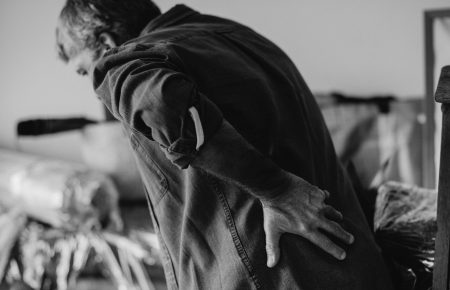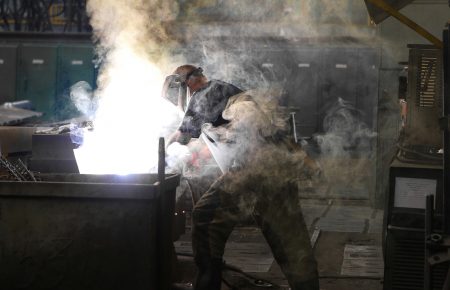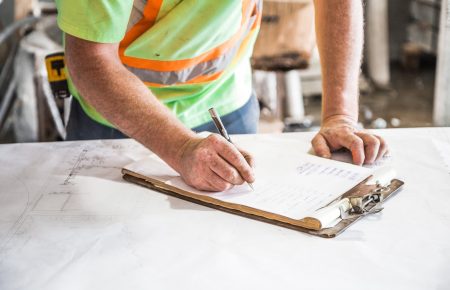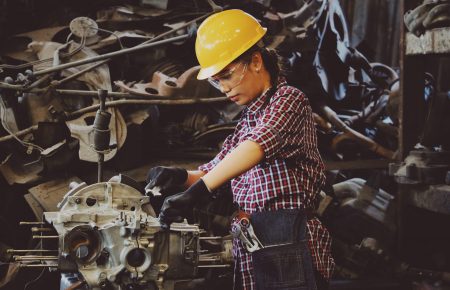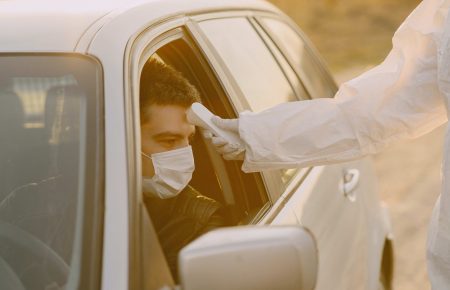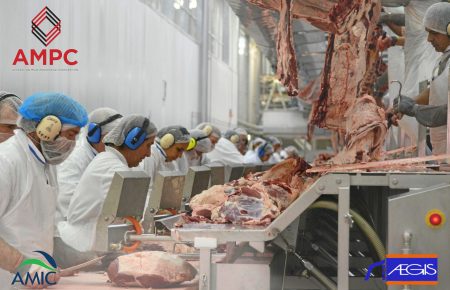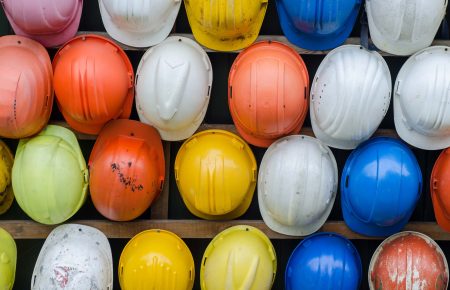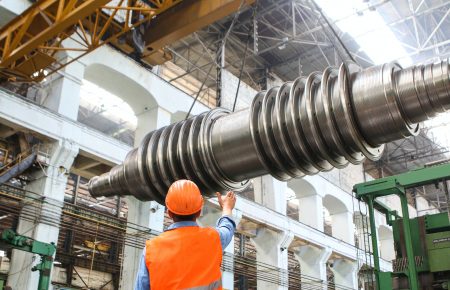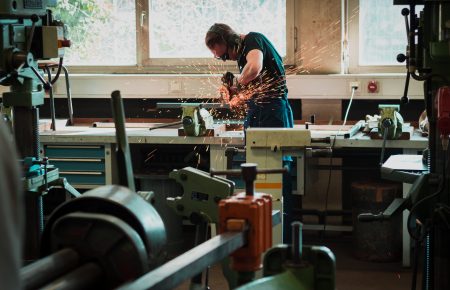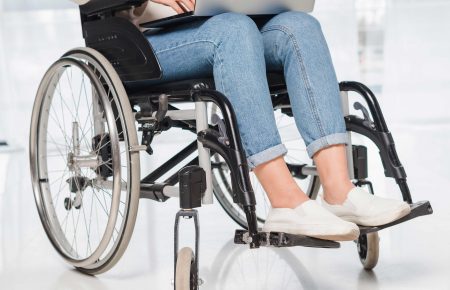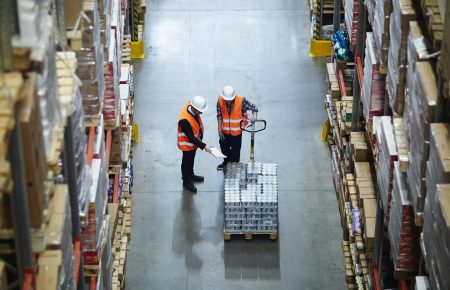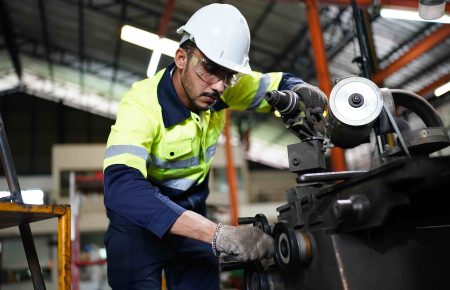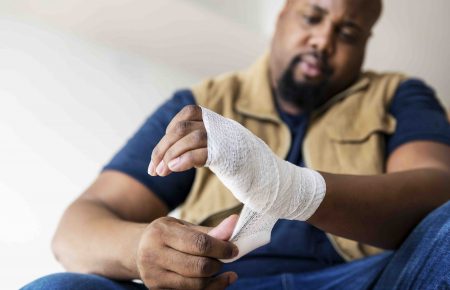Safe Work Australia recently released its Key Workplace Health and Safety statistics for 2020.
Divided into two categories — workplace fatalities and workplace injury and disease — the stats provide an insight into the key workplace areas that place workers at risk and therefore employers and companies at risk too.
Fatalities
Drawing on the reporting of fatalities, direct Safe Work Australia notifications and the National Coronial Information System, Safe Work Australia found that the overall Australian total was 183 fatalities in 2019 – 1.4 fatalities per 100K workers
The good news is that Australia’s workplace fatalities have been broadly trending downwards and have decreased by 53 per cent from a peak in 2007. Male worker fatalities occur at 1.4 per 100,000 people; while the female worker fatality rate is 0.1 per 100,000.
When broken down by age group, workers over the age of 55 are at the highest risk of workplace fatality, at a rate of 2.5. When it comes to those 65 and older, that rate jumps to 5.4.
In addition, though younger workers had a lower fatality rate (under 25 is 0.7 per 100K; 25-34 is 0.8 per 100K), these age groups had a higher number of overall fatalities with 13 deaths for those under 25 and 26 for those between 25-34.
Breaking down by gender, men are at a much higher risk of workplace fatality than women with the fatality rate for men being 2.6 per 100k vs. 0.1 for women.
By far the leading cause of fatality in the workplace is vehicle collision as representing by 43% of all worker fatalities in 2019. Other categories include falls from a height and being hit by falling objects, which both sit at 11 % each.
It follows, then, that the occupations most at risk of worker fatality are machinery operators and drivers, who have a fatality rate of 8.3 per 100,000. Labourers and managers in those industries also have a higher fatality risk.
When we look at specific industries, the most at-risk industries are:
• agriculture, forestry and fishing; (9.1 per 100K)
• transport, postal and warehousing; (8.7 per 100K)
and
• electricity, gas, water and waste services (3.8 per 100K)
Injury and disease
Safe Work Australia’s statistics on injury and disease are concerned only with serious claims, which are defined as situations where a worker has had one week or more off work. By their nature, these are (thankfully) more common than fatalities. In the decade to 2018, the Australian serious claim frequency rate has decreased by 26 per cent, and is now at 5.7 serious claims per million hours worked.
However, despite this, there were still more than 114,000 serious claims in the 2018-2019 period and the median duration for time off work was 6 weeks per claim. That amounts to an average of more than $11,000 per claim.
Unlike fatalities, when it comes to serious claims, men and women are more evenly split. The frequency rate is 5.1 for women, 6.2 for men and a median time of 6.2 vs. 6 weeks off work. The average compensation paid per claim is also more even with $10,000 for women and $12,600 for men.
Workers aged 60-64 had the highest claim rate of 8.2 claims per million hours worked.
The lowest claim rate was for workers aged 30-34 at 4.5 claims per million hours.
The number one cause of serious injuries (and claims) by mechanism is body stressing, which includes muscle strains, back conditions, tendonitis etc. This represents 36% of claims. Second on the list are falls, trips and slips at 23%. Importantly, the most encountered nature of injury for serious claims, is traumatic joint/ligament and muscle/tendon injury at 39%.
Not surprisingly, labourers take top spot in the list of serious injuries with 16.4 serious claims per million hours worked. In second place we see community and personal service (such as aged care) workers at 11.9 and in third is machinery operators and drivers at 10.4.
By industry, serious injury claims occur most in agriculture, forestry and fishing at a rate of 9.2 serious claims per million hours worked. Manufacturing and transport, postal and warehousing are 8.4 and 8.2 respectively.
Resources and takeaway questions for your business
These statistics show that there is still work that needs to be done in some areas when it comes to workplace safety and risk prevention.
Certain industries are obviously more at risk of serious injury or fatality. Are they doing everything they can to mitigate these risks?
As Aegis RMS Manager Simon Booth has noted, making good decisions before an incident occurs involves:
• Having policies and procedures
• Monitoring safety behaviour
• Enforcing policies and procedures
• Effectively managing breaches
• Being proactive/managing your risk
Certain demographics are also at a higher risk — both older and younger workers have high numbers of fatalities. (It follows, then, that these age groups also have higher claim rates.) Are these age groups being given appropriate duties and/or training for the risk involved?
“Serious Incident Management is a crisis and must have a dedicated procedure and committed, skilled and experienced people to lead the crisis management,”– Andrew Douglas, FCW Lawyers
Businesses need to have a prevention plan to prevent serious incidents from occurring but they also need a plan for when the worst does happen. You should never be unprepared for a serious injury or fatality in the workplace, whether it be for safety, legal or procedural reasons.
For example, as our friend at FCW Lawyers Andrew Douglas notes, you should “always seek legal advice to develop your risk strategy before you notify a Safety Regulator that your workplace has suffered a serious incident.”
If you would like to review your health and safety cover, don’t hesitate to contact Aegis RMS’ Jay McGrath.
For assistance in putting together a plan around serious incidents, contact FCW Lawyers.
Summary
Risk prevention is your best protection against serious claims and increased premiums. This involves implementing proper training, policies and procedures, as well as continually monitoring if these systems are working properly.
Not only will having the correct policies, procedures and preventive measures in place save your employees’ health and safety — it also saves you money in the long run. In terms of insurance premiums, workers’ compensation claims, legal costs and fines.
But when a claim does come through, you also need to be prepared to handle it appropriately and effectively.
After all, risk prevention, workplace safety and appropriate claims management benefits everyone in the long run — employers, employees and their families.

